Complimentary worldwide shipping on orders over $400 · No import tariffs for most countries
Complimentary worldwide shipping on orders over $400 · No import tariffs for most countries
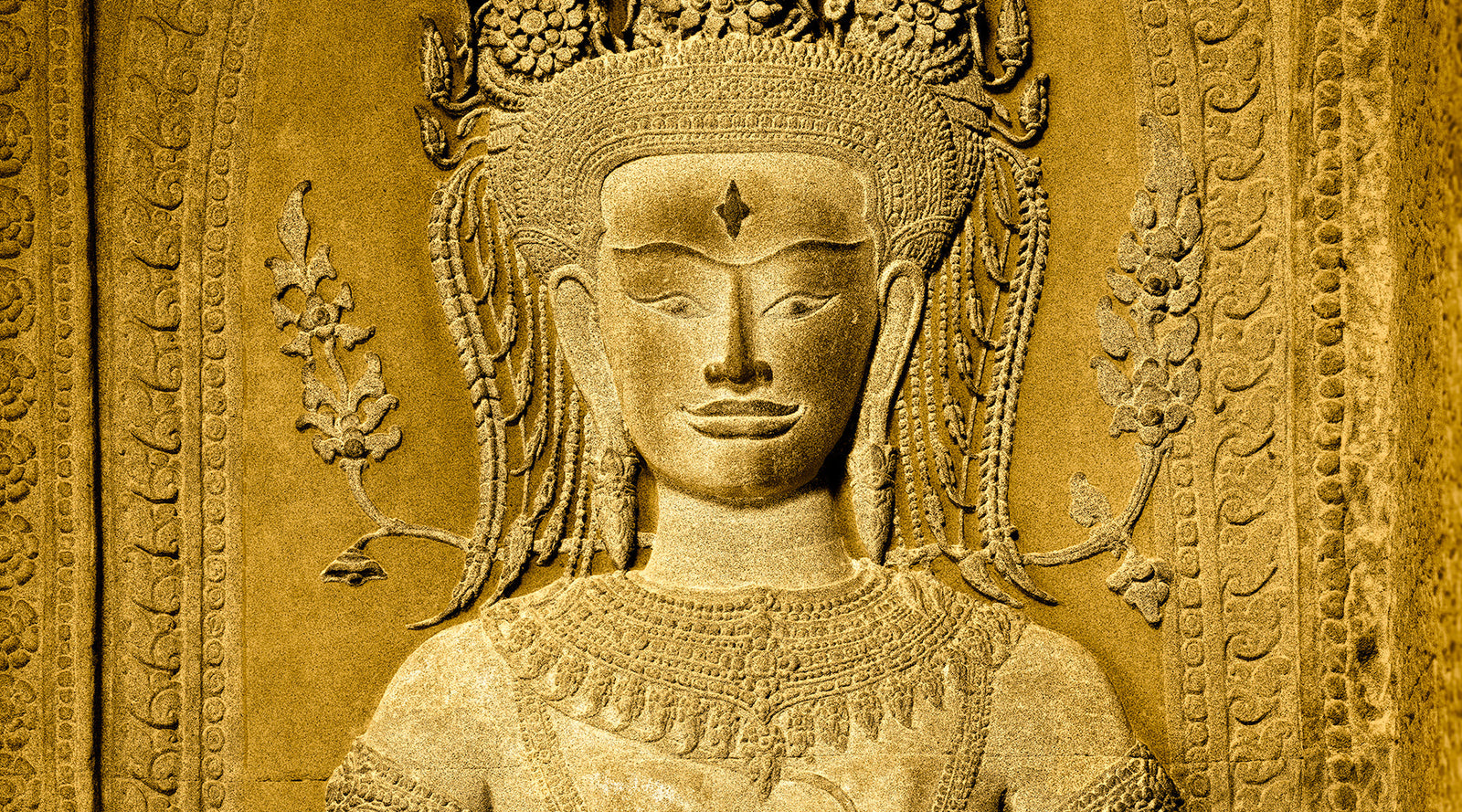
When the Light No Longer Fell
The stones were still warm from the day, though the air had shifted—no longer heat, but memory. I climbed slowly through Angkor Wat’s central galleries, past weathered thresholds and softened shadows. Above, the cicadas swelled into chant. Inside the sanctuary, the hush was full—dense and golden.
On the western wall, she stood. Or rather, she waited. Carved in extraordinary high relief, a serene goddess emerged from the doorway, not in motion, but in a presence deeper than stillness. She faced the west—not just geographically, but spiritually—receiving the setting sun with a gaze that did not flicker.
I paused. The light did not strike her. It entered her. And in her presence, I felt that light might never move again. As if it had arrived home.
Setting up the camera was slow and quiet. Each gesture—unfolding the bellows, focusing the loupe, loading the film—became prayer. There was no need to hurry. She had been waiting for centuries, and would wait longer still. Exposure was not an act of capture. It was devotion.
Back in the studio, I shaped the print not from recollection, but from resonance. Her presence had entered me like gold entering stone. I hand-toned the final image until it shimmered not with brightness, but with memory.
evening shrine hushes
she glows in the gold that falls
only from within
Also in Library
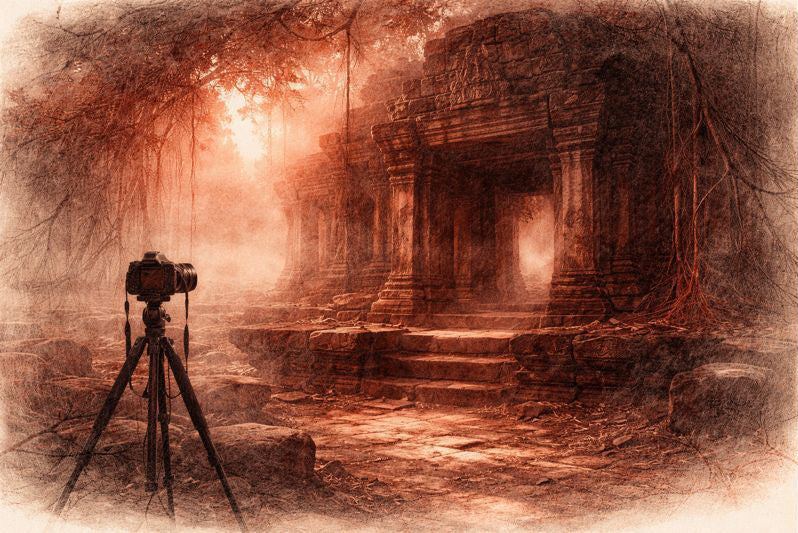
Before the Shutter Falls
3 min read
Before the shutter falls, fear sharpens and doubt measures the cost of waiting. In the quiet hours before dawn, the act of not-yet-beginning becomes a discipline of attention. This essay reflects on patience, restraint, and the quiet mercy that arrives when outcome loosens its hold.
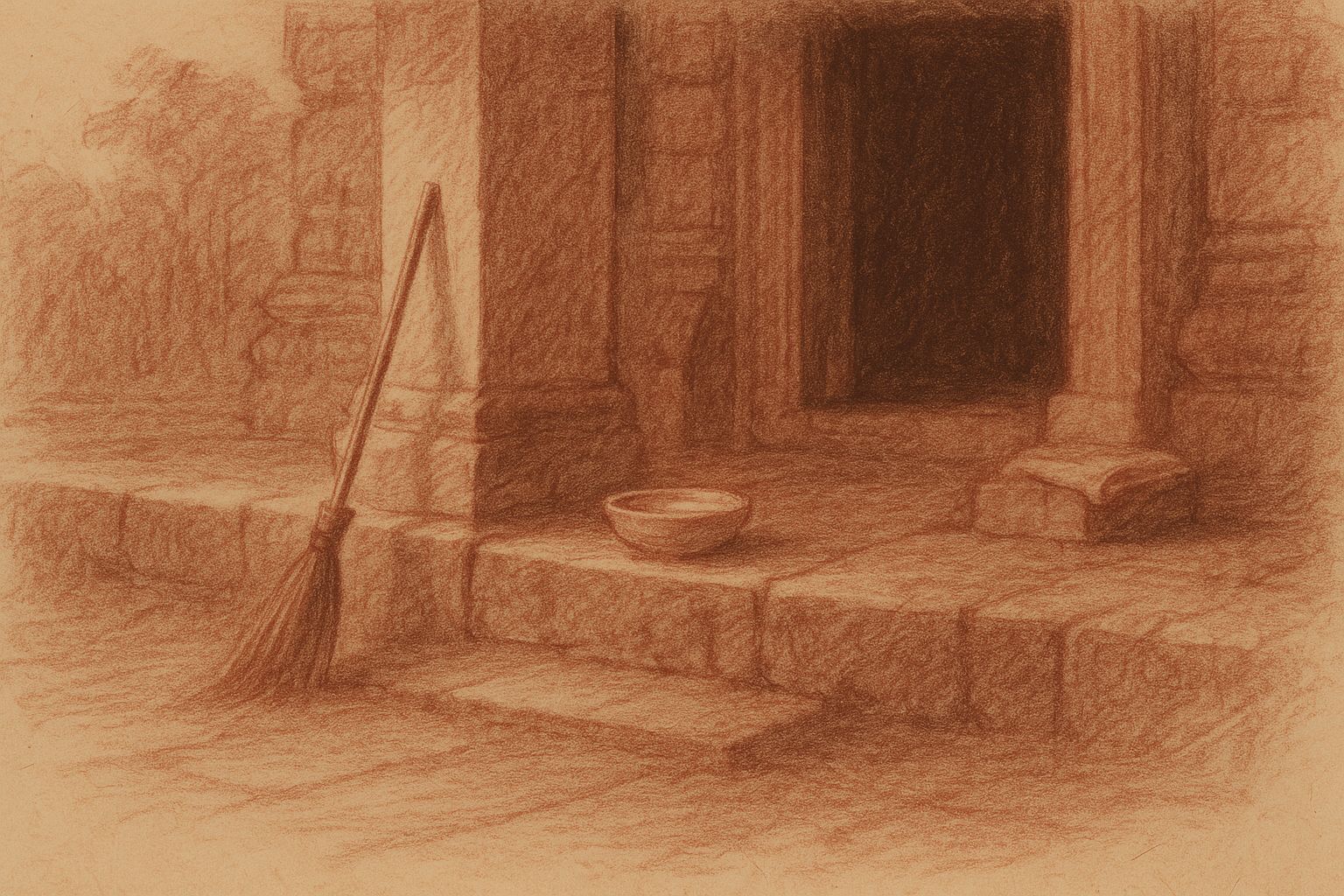
Those Who Keep the Way Open — On the Quiet Guardians of Angkor’s Thresholds
3 min read
Quiet gestures shape the way into Angkor — a swept stone, a refilled bowl, a hand steadying a guardian lion. This essay reflects on the unseen custodians whose daily care keeps the thresholds open, revealing how sacredness endures not through stone alone, but through those who tend its meaning.
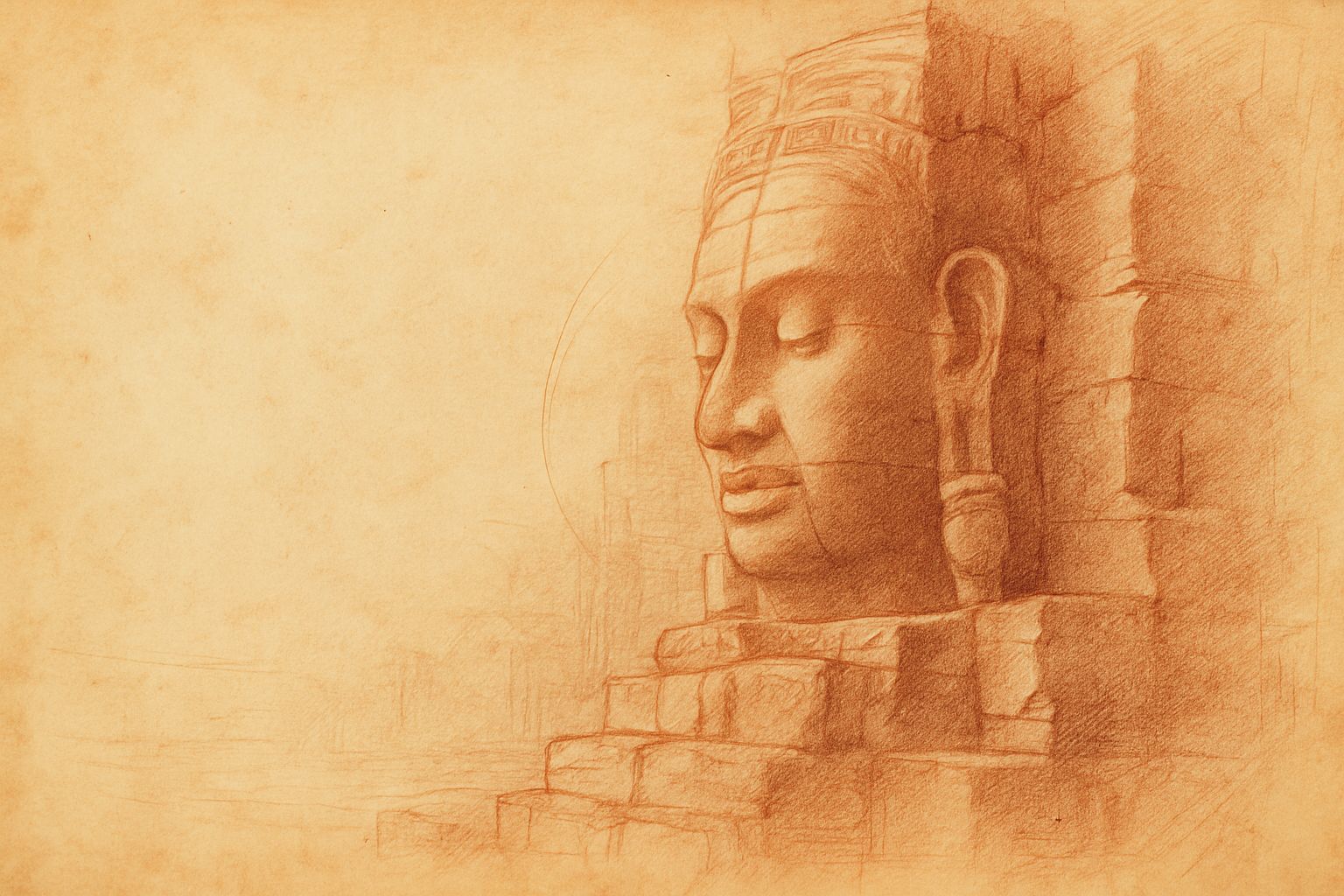
Multiplicity and Mercy — The Face Towers of Jayavarman VII
5 min read
A new vision of kingship rises at the Bayon: serene faces turned to every horizon, shaping a world where authority is expressed as care. Moving through the terraces, one enters a field of steady, compassionate presence — a landscape where stone, light, and time teach through quiet attention.
Angkor Wat Temple, Angkor, Cambodia — 2020
Limited Edition Archival Pigment Print
Edition
Strictly limited to 25 prints + 2 Artist’s Proofs
Medium
Hand-toned black-and-white archival pigment print on Hahnemühle Bamboo — a museum-grade fine art paper chosen for its quiet tactility and reverent depth, echoing the spirit of the temples.
Signature & Numbering
Each print is individually signed and numbered by the artist on the border (recto)
Certificate of Authenticity
Accompanies every print
Image Size
10.75 x 6.2 inches (27.3 x 15.7 cm)
There are moments when light no longer travels—it returns. In the sacred hush of Angkor Wat’s central sanctuary, as the sun bowed westward, a goddess stepped forward through stone.
Carved in extraordinary high relief, she emerges from the innermost wall—not as ornament, but as consecration. Her poise is not of motion, but of eternal presence. The silence that surrounds her is vast and golden.
Lucas Varro stood before her with the reverence of one who knows the language of light. Captured on large-format black-and-white film, the image was later shaped through chiaroscuro techniques and hand-toned in gold to reflect the divine radiance witnessed in that hour.
This signed and numbered archival pigment print is available in a strictly limited edition of 25 + 2 AP, rendered on museum-grade Hahnemühle Bamboo paper.
A breath held between dusk and eternity.
Click here to enter the Artist’s Journal and step into the heart of the shrine.
Join My Studio Journal
Receive occasional letters from my studio in Siem Reap—offering a glimpse into my creative process, early access to new fine art prints, field notes from the temples of Angkor, exhibition announcements, and reflections on beauty, impermanence, and the spirit of place.
No noise. No clutter. Just quiet inspiration, delivered gently.
Subscribe and stay connected to the unfolding story.
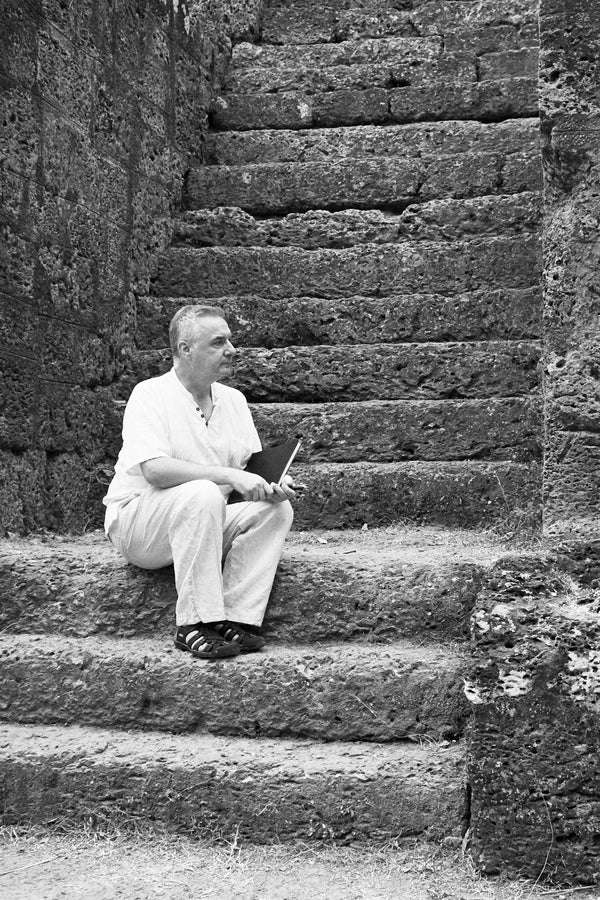
Join My Studio Journal
Receive occasional letters from my studio in Siem Reap—offering a glimpse into my creative process, early access to new fine art prints, field notes from the temples of Angkor, exhibition announcements, and reflections on beauty, impermanence, and the spirit of place.
No noise. No clutter. Just quiet inspiration, delivered gently.
Subscribe and stay connected to the unfolding story.

